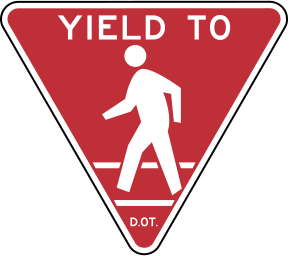
The era of the stock market bubbles is definitely looking over. After Western central banks spent most of the last decade trying to avoid a Japan-style asset deflation and economic shrinking, that is pretty much what has happened, although it is arguably far less extreme and will probably not go on as long. Western stock markets will not be as comatose as Japan’s but they won’t be all that lively either.
Accordingly the focus will shift to yields rather than capital gains, most likely. Goldman notes that the ASX 200 is trading on 11.7x forward earnings, 14% below its 10-year average. Resources are trading at a 19% discount to Industrials, 8.5% below 10-year average. Transport, Materials & Gaming are trading most expensive relative to their 10-year P/E bands, while Gold, Insurance and Media are least expensive. (The latter is an entirely correct call, one suspects). They go on:
Factors Momentum (+5.3%) outperformed Growth (-1.2%) and Value (-2.4%). Small vs Large Small Caps underperformed Large by 1.5%, with Small Steel beating Large by 3.1% and Small Gold underperforming Large by 6.3%. At 11.3x, Small Industrials are trading at a 20% discount to Large (10th percentile), Small Resources at a 30% discount (10th percentile). Volatility Up 230 bp to 15.8%, 3-month ASX 200 Implied Vol is currently trading 370 bp above 60-day realised. Skew (puts cost 1.37x calls) is relatively high (70th percentile), while the term structure (ratio of 3/12mth vol at 0.9x) is relatively steep compared to recent levels (32nd percentile) Comparing relative valuation with our implied volatility screens suggests the following option positioning: Buying Calls—AGK; Buying Puts— AWC; Selling Puts—WOW; Selling Calls—BLD.
It is all fairly desultory, and implies a shift to yield. However that is far from simple, too, as Macquarie points out:
A key conclusion to draw, if our view is borne out, is that dividends will deliver a greater share of the Australian market’s total return. In this report we revisit our LGC (long, grinding cycle) framework, and present an enhanced yield strategy which provides investors with an approach to benefit from these developments:
- Basic income strategies leave investors vulnerable: “Vanilla” yield strategies significantly underperformed in the equity market sell off in 2008. High leverage was used by many firms to “manufacture” DPS streams that relied on low cost debt and unrealistic growth expectations. Hence for many “high yield” stocks the change in growth and debt market dynamics saw their underlying DPS become unsustainable and “high yield” soon proved illusionary.
- Optimised back tests of basic yield and filtered yield portfolios highlight that “filtered yield” outperforms on both an absolute and risk-adjusted basis. For high yield investors who are tax aware, our analysis of return enhancement highlights the benefits of off-market buybacks and a dividend ex-date tilt
- Quality and sustainability are essential: The critical element to any successful, long-term yield strategy therefore is to avoid „yield traps‟. Our analysis success is in seeking to avoid stocks with high payout ratios; negative EPSg, and volatile unstable earnings. Stocks currently favoured by this sustainable income strategy include Telstra (TLS), Stockland (SGP), Metcash (MTS), National Australia Bank (NAB), Mirvac (MGR), Commonwealth Bank (CBA), ANZ Bank (ANZ) & Dexus (DXS).
It is likely that, as cash interest rates fall below 5%, self managed superannuants will look across at the stock market, which may cause a boost in stock prices (and a drop in dividend yields). Yield and capital gains can never be neatly separated out and timing, as ever, is everything. But the shift away from asset bubbles is likely to continue in the Australian market.